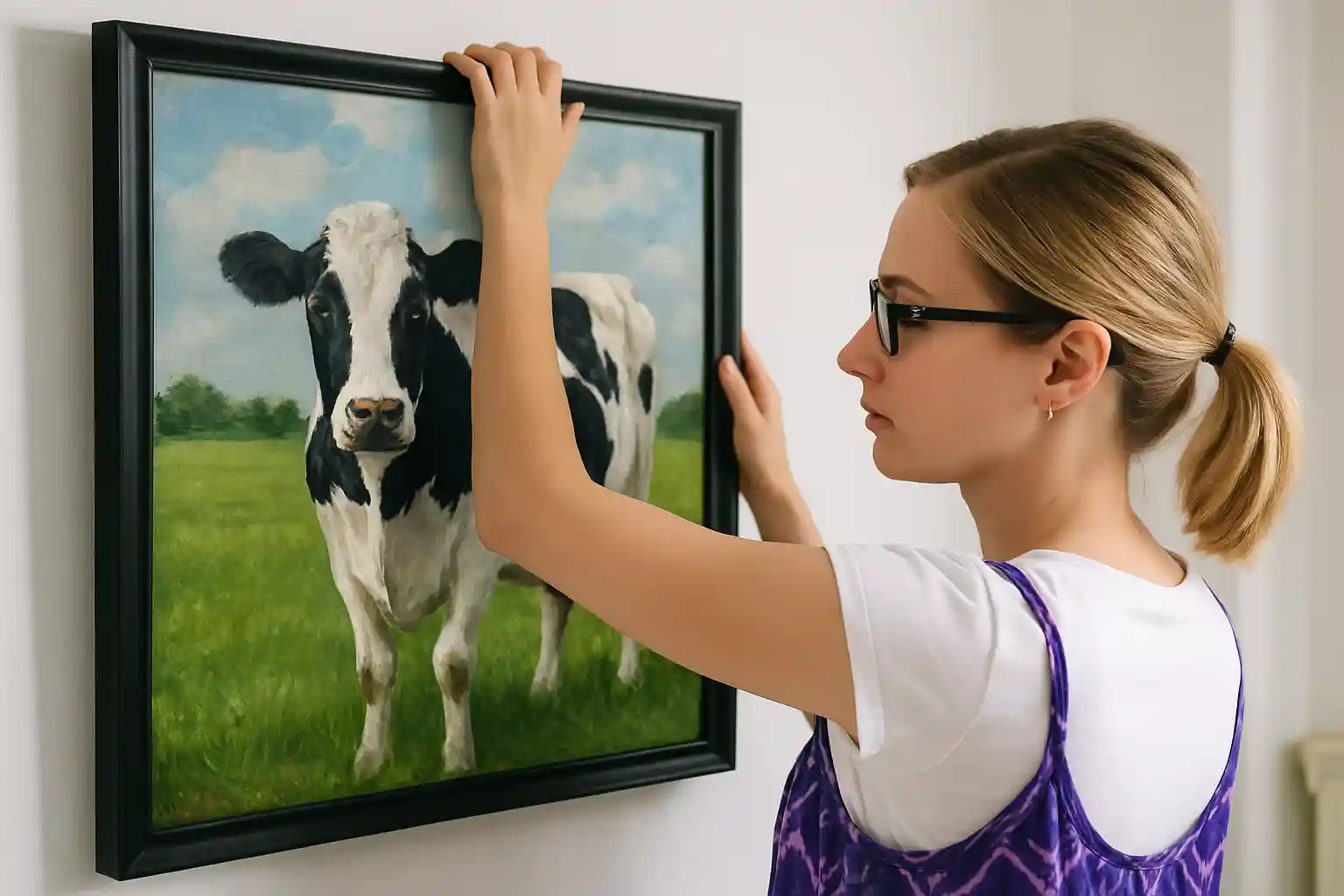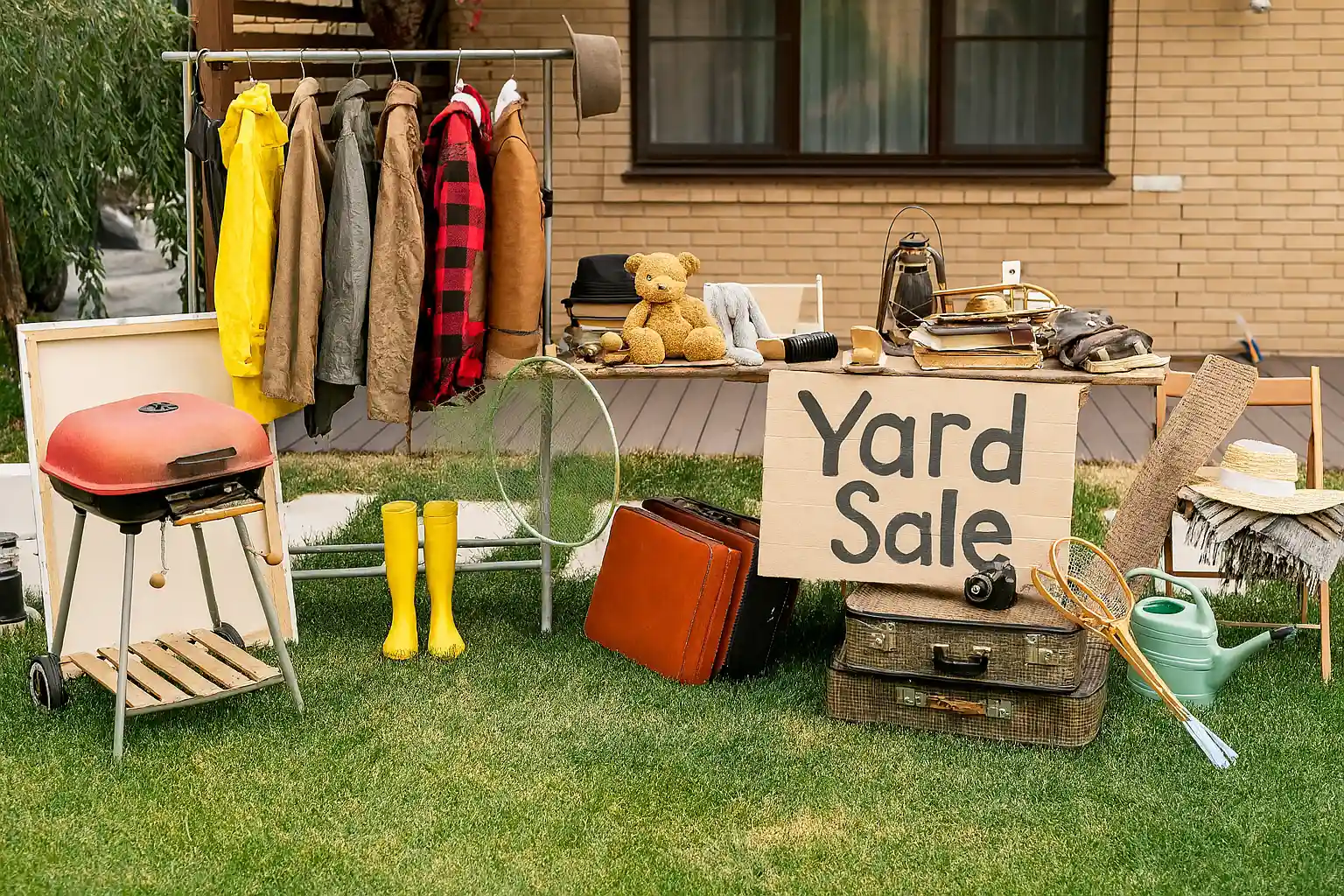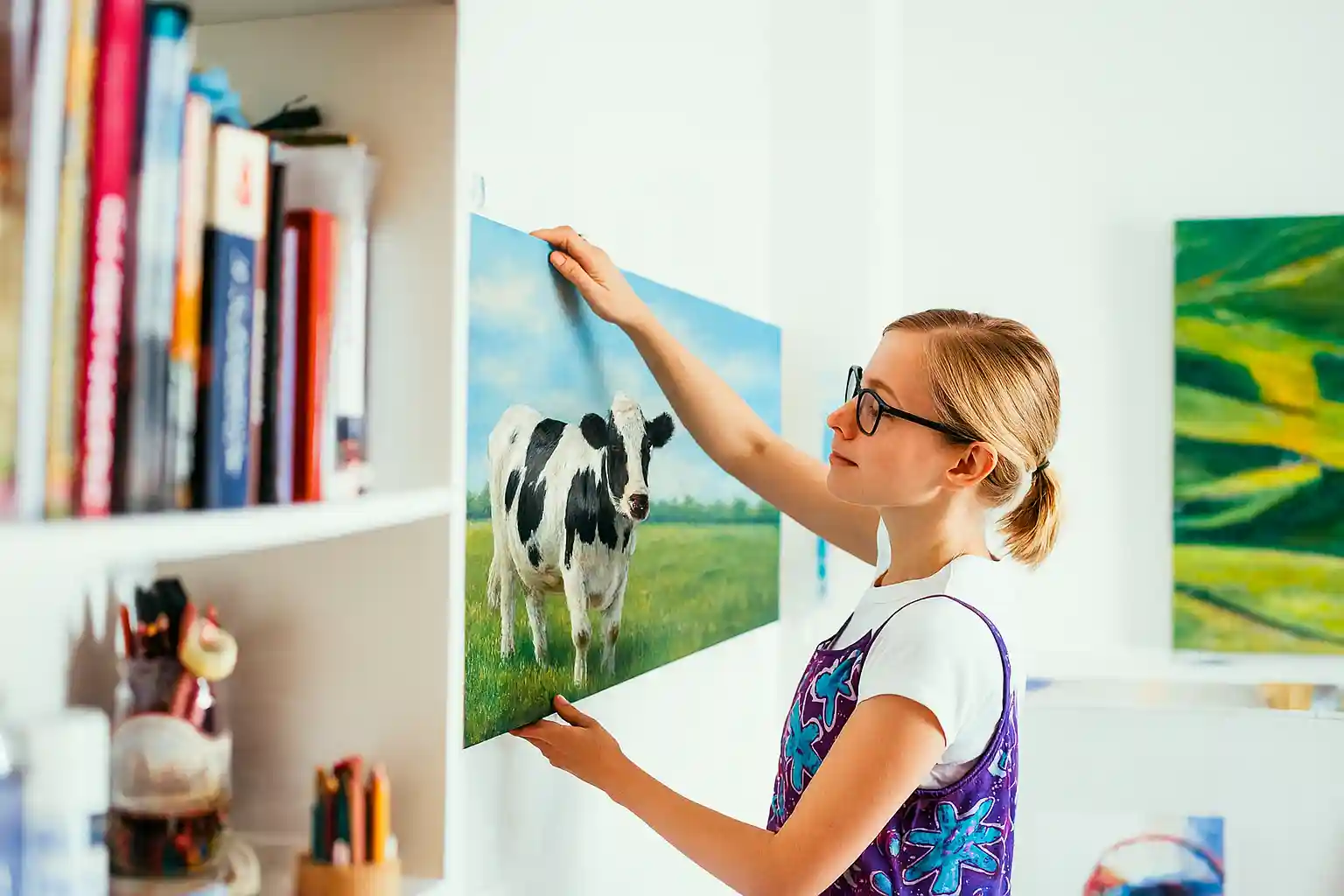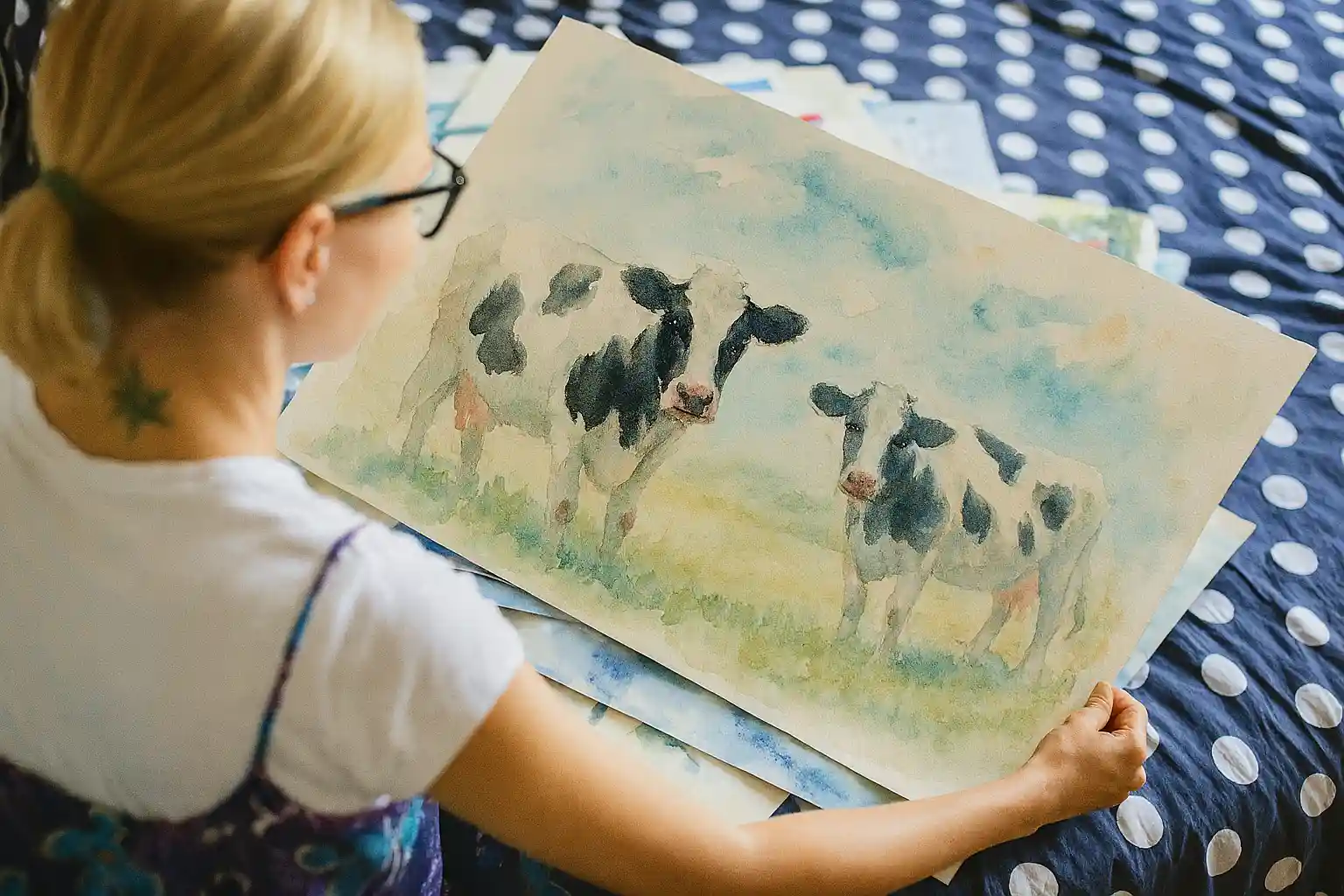
Up to 4 Months 50% Off

Storing Art: What You Need to Know First
Store Art the Right Way
Whether you’re an art collector, gallery owner or an artist yourself, approaching short or long-term art storage carefully is essential to preserving the condition of your prized pieces. Paintings, prints, sculptures and framed photos can all suffer damage without the right storage environment.
Why does artwork require special storage?
Unlike the stacking bowls or futon frame you might have in your storage unit already, artwork is more sensitive to fluctuations in temperature, humidity and light exposure. Since home storage in an attic or basement can be unpredictable, it could put your collection at risk for fading, discoloration, mold or mildew, warping or pest damage.
The tips below can help you keep your valued art in peak condition while it’s packed away.
What you need to know
- Opt for art storage units with climate control. A consistent temperature and humidity level are your best friends when storing canvas, paper, wood or paint. Cool and dry are the words to remember—in fact, museum standard is a nice, moderate 70–72 degrees with 50% humidity.
- Use the right packing materials. We’re often asked how to wrap artwork for storage, and the short answer is: materials matter when it comes to storing photos, watercolor, oil paintings and more.
- Use acid-free tissue paper or glassine to protect surfaces.
- Avoid bubble wrap against paint and finished surfaces–direct contact can leave marks.
- Use sturdy acid-free boxes or crates for extra protection. Mirror boxes are ideal, too.
- Corner protectors are a must for framed art, whether you buy them or make them yourself out of cardboard.
- Avoid storing artwork on the floor. Shelves or pallets can help lift artwork up off the floor and provide a buffer against variables like moisture. Sandwiching art between foam board or cardboard pieces is a great way to provide an additional buffer.
- Don’t stack! To store paintings safely, think vertical with padding in between to avoid indentations, scratches and pressure damage.
- Label and inventory your collection. Take photos and file them along with title, medium, artist info and estimated value for your records. This will also help with insurance documentation (more on that below…)
- Check in often. Regularly inspecting your items can help you catch signs of moisture, packaging breakdown and other issues early and mitigate possible damage.
- Make sure valuable art is insured. Check your policy to make sure your stored artwork is covered, and whether any additional coverage is needed specific to high-value pieces.
How do I choose an art storage unit near me?
Proper art storage isn’t just about keeping pieces out of the way. It’s about preserving value, both monetary and sentimental. (Those paintings your kids made? Priceless. We get it.)
Our team at Moove In is always available to assist with choosing a self-storage unit, along with the finer details of temporary or long-term art storage. Better yet, you’ll never have to worry about theft, damage or environmental hazards with our:
- Climate controlled self storage units
- 24/7 security monitoring
- Flexible unit sizes
- Clean, modern facilities
- Easy access and friendly, helpful support
When it comes to your art collection, keeping it pristine is just as important to us as it is to you.

Cash In on Clutter: How to Host a Successful Yard Sale
Thursday, August 7, 2025
Turn clutter into cash! Use self storage to prep, organize, and protect items before your next yard sale—and boost your profits with ease.

10 Storage Tips for Military Families On the Moove
Thursday, August 7, 2025
Military move coming up? Discover 10 expert storage tips to stay organized, protect your gear, and simplify PCS transitions with self storage.

Storing Art: What You Need to Know First
Wednesday, August 6, 2025
Storing art? Don’t risk damage. Learn how to protect paintings, prints, and photos with smart packing and climate-controlled self storage.


